-
Azienda agricola Arianna Occhipinti (Sicily)
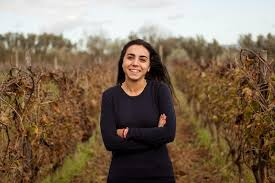
Arianna Occhipinti cultivates organically 10 ha of vines and 15 ha of olive trees in Southern Sicily, near Vittoria. Albanello and Zibibo for whites, Nero d’Avola and Frappato for reds. These local varieties – here at their northern limit of ripening – as well as the altitude (about 300m) provide these wines with freshness and fluidity, enhanced by Arianna’s respectful vinifications. Nothing demonstrative here; all is suggested, restrained, reflecting the taciturn character of the island’s inhabitants.
Discover Arianna Occhipinti’s estate
Azienda agricola Cos (Sicily)
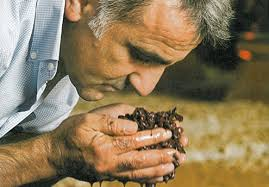
Giusto Occhipinti is Arianna’s uncle, but most importantly her mentor. He founded this vineyard with two friends in 1980. Their three initials (Cilia, Occhipinti, Strano) provided the estate’s name. From 3 hectares in 1980, they reached 10 ha in 1990, and purchased 20 more in 2005. Now, only Giambattista Cilia and Giusto Occhipinti run this vineyard, which is a pioneer in biodynamic farming as well as vinification in amphorae. They are also ardent supporters of Sicily’s only DOCG: Cerasuolo di Vittoria, whose production is wonderfully delicate. The macerated white wines are made from Grecanico and Inzolia local varieties, the reds from Nero d’Avola and Frappato.
Azienda agricola Elisabetta Foradori (Trentino)
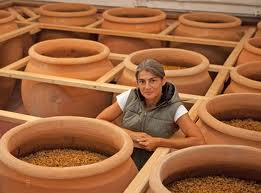
The Dolomites are a mountain chain located in northeast Italy. There, Elisabetta Foradori grows her 26 hectares of Nosiola and Manzoni (whites) and Teroldego (red). Probably some of Italy’s finest wines… One word suits Foradori: classy! Biodynamic growing, months of vinification in amphorae, long ageing: Elisabetta’s wines are not good by accident.
Discover Elisabetta Foradori’s estate
Campi di Fonterenza (Tuscany)
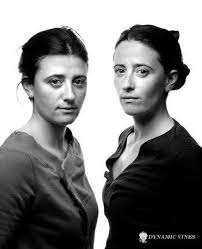
Though Fonterenza used to be famous for its mineral water, its mineral wines are now earning it a reputation. The Padovani twin sisters – Margherita and Francesca – farm organically their 4 ha of vines and their thousand olive trees. Located in the Brunello di Montalcino area, the Sangiovese displays all its complexity in different forms: the Pettirosso’s fruit, the Rosso di Montalcino’s full body and the Brunello’s delicate solemnity. One very old vine from Trebbiano and Malvasia gives birth to a macerated white wine: the Biancospino. The estate, entirely created on an uncultivated land by the two sisters in 1997, is now becoming a reference for Italian natural wine.
Discover the Fonterenza estate
Cascina Tavijn fe Nadia Verrua (Piedmont)
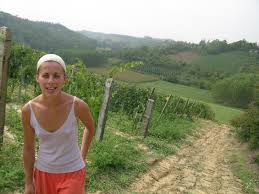
Nadia is a young Piedmontese winemaker from the region of Asti. She makes fine and delicate reds out of varieties peculiar to this part of the Alps. The Grignolino is a very pale red wine with delicate aromas of Morello cherry. A very fluid wine to be drunk while young and fruity. The Ruché surprises with its aromas of rose and violet which are almost violent when young. Ageing makes it less spectacular, more mineral and finer.
Discover Nadia Verrua’s estate
Montesecondo (Tuscany)

Silvio Messana has been a winemaker in Montesecondo since 1999. He grows his Sangioveses and Canaiolos biodynamically. His wines are at once tasty and precise. Silvio, who once came from New York in search of a second professional life, respects the soil, the wine and those who drink it. Far from the straw-wrapped bottles of mediocre pizza places, Montesecondo’s Chiantis offer the real taste of these Tuscan hills.
Discover the Silvio Messana – Montesecondo estate
Azienda agricola Bera Vittorio e Figli (Piedmont)
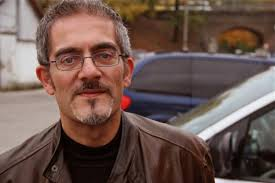
Gianluigi and Alessandra Bera are the first from the Italian “natural” movement to make a reputation out of their wines in France. Heirs to an ancestral family history of winemaking, they continue the tradition of natural sparkling Moscato and fine Piedmontese reds.
-
Dario Princic (Veneto)
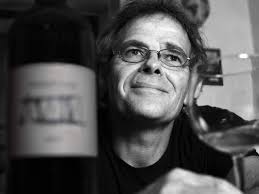
Dario grows his 7 hectares near the Slovenian border. Biodynamics, long macerations, natural vinification: all is done to provide wines as expressive as possible. Dario masters “orange” wines to perfection.
Maria Teresa Mascarello (Piedmont)
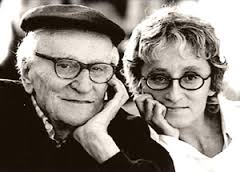
Bartolo Mascarello was the great champion of the Barolo tradition. This prestigious Piedmontese designation ended up giving in to the siren call of modern wine, new barrels and Bordeaux technology. But Bartolo went on with what had made this region’s fame decades before, writing on his labels: “Don’t make barrels, make barricades”. After his passing in 2005, Maria Teresa took over the vineyard with the same enthusiasm and convictions. Today, Maria Teresa Mascarello’s Barolo is one of the most touching wines from Italy.
Mauro Vergano
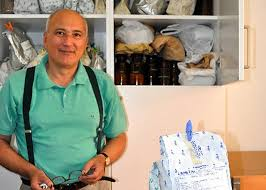
Mauro is Nadia Verrua’s uncle. After a 15-year long career in the chemical industry, Mauro changed direction and tried his hand at producing what had always captivated him: traditional Piedmontese aperitifs!
The demanding Mauro selects Piedmont’s best natural wines to elaborate his macerations of plants and spices. The cheapness of Martini, Campari and others let us forget that the tradition of Piedmontese bitters dates back to the 18th century and that they were made from the best wines! Thus, the Chinato is made from Barbaresco or Barolo from the best producers, added with sugar alcohol and above all plants and spices; the Lulli is produced in the same spirit from Gianluigi and Alessandra Bera’s Moscato d’Asti; the Americano from Nadia Verrua’s Grignolino and the Vermouth from Moscatos and the traditional Cortese! Each one has its own recipe from different plants and spices, giving them their aromatic character and distinct bitterness. Enthralling in terms of taste, these drinks also have real appetite-stimulating and exhilarating properties.Discover Mauro Vergano’s estate
Il Cavallino di Sauro Maule (Veneto)
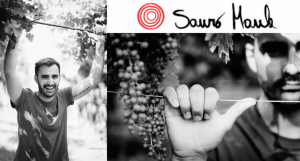
With the help of his famous homonym Angiolino, the young Sauro Maule grows his Garganega, Sauvignon, Merlot and Cabernet varieties to draw their flavor out of this Venetian soil. His sulfite-free wines are breathtakingly deep and natural.